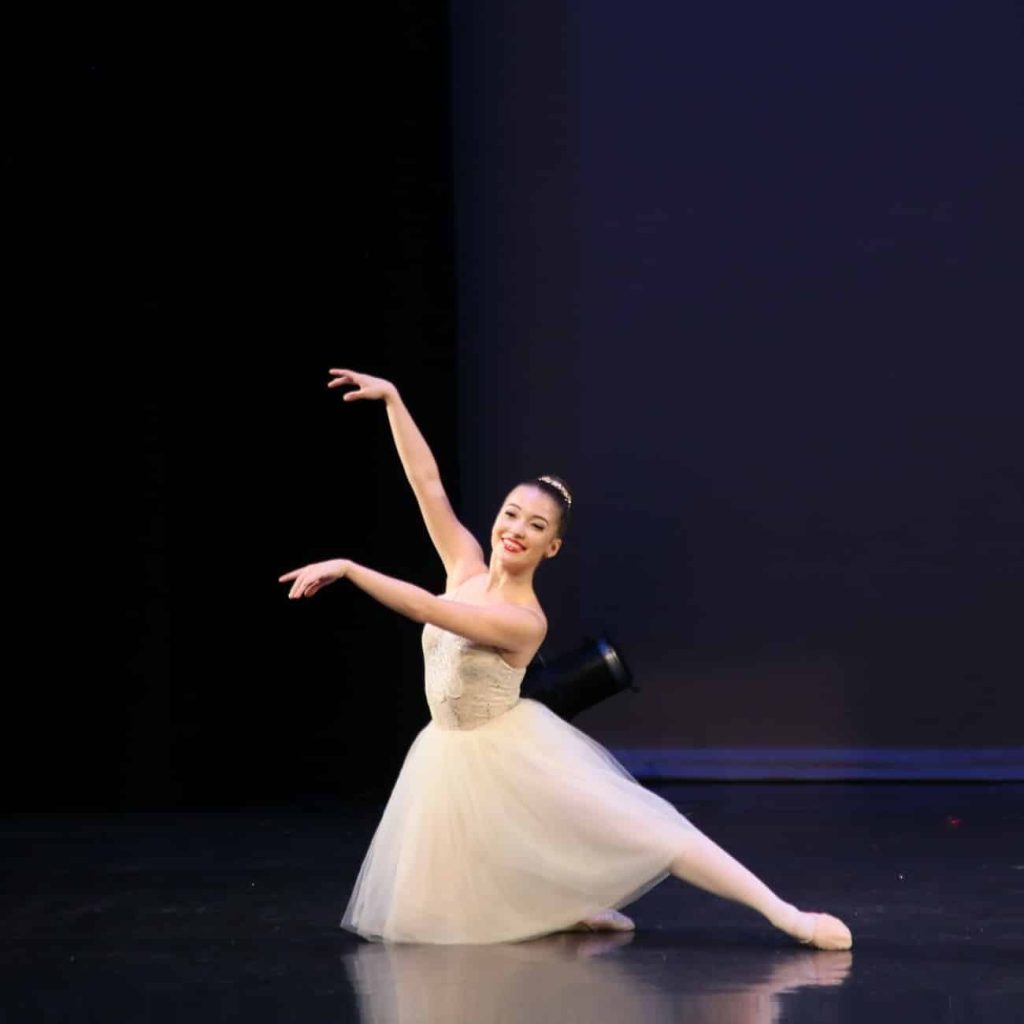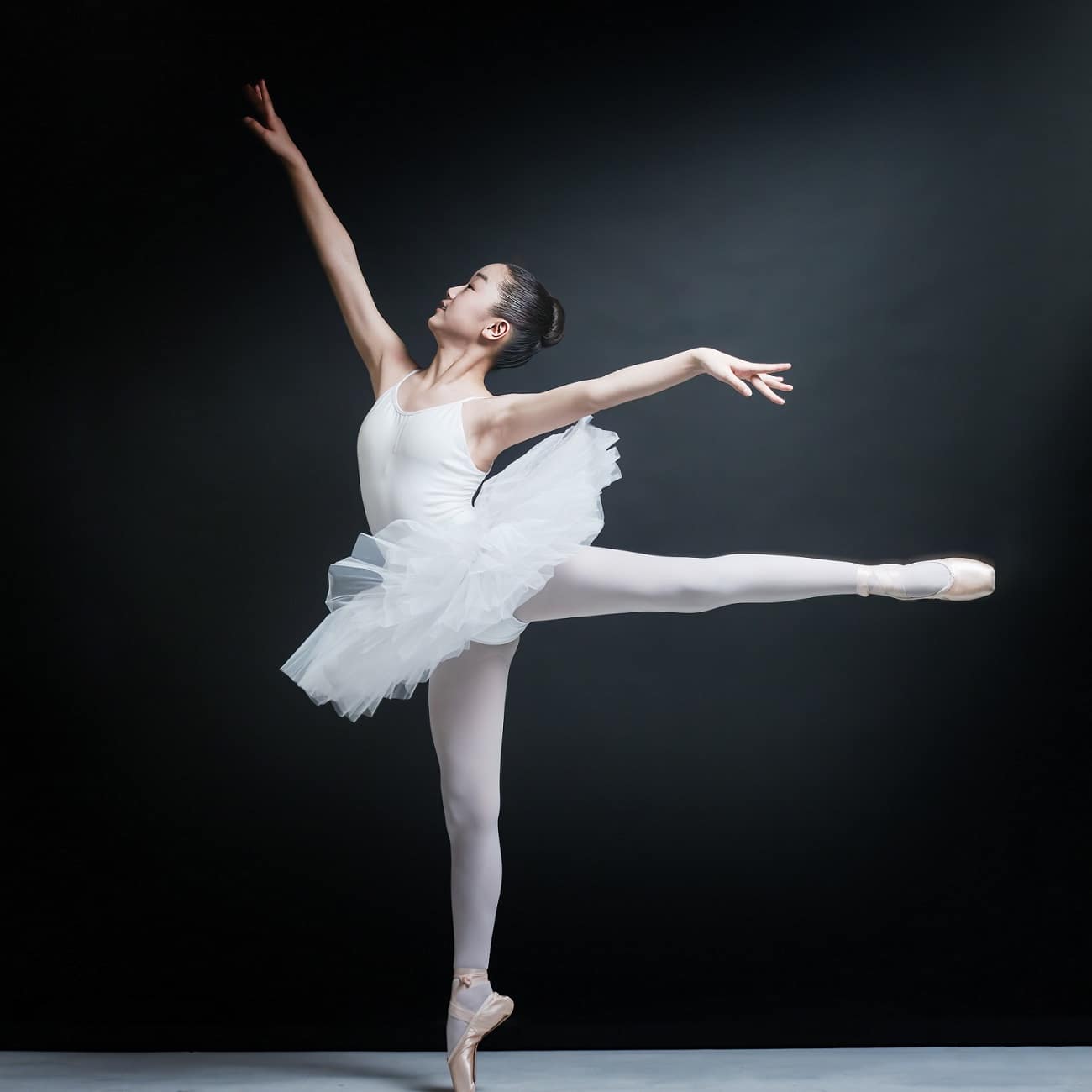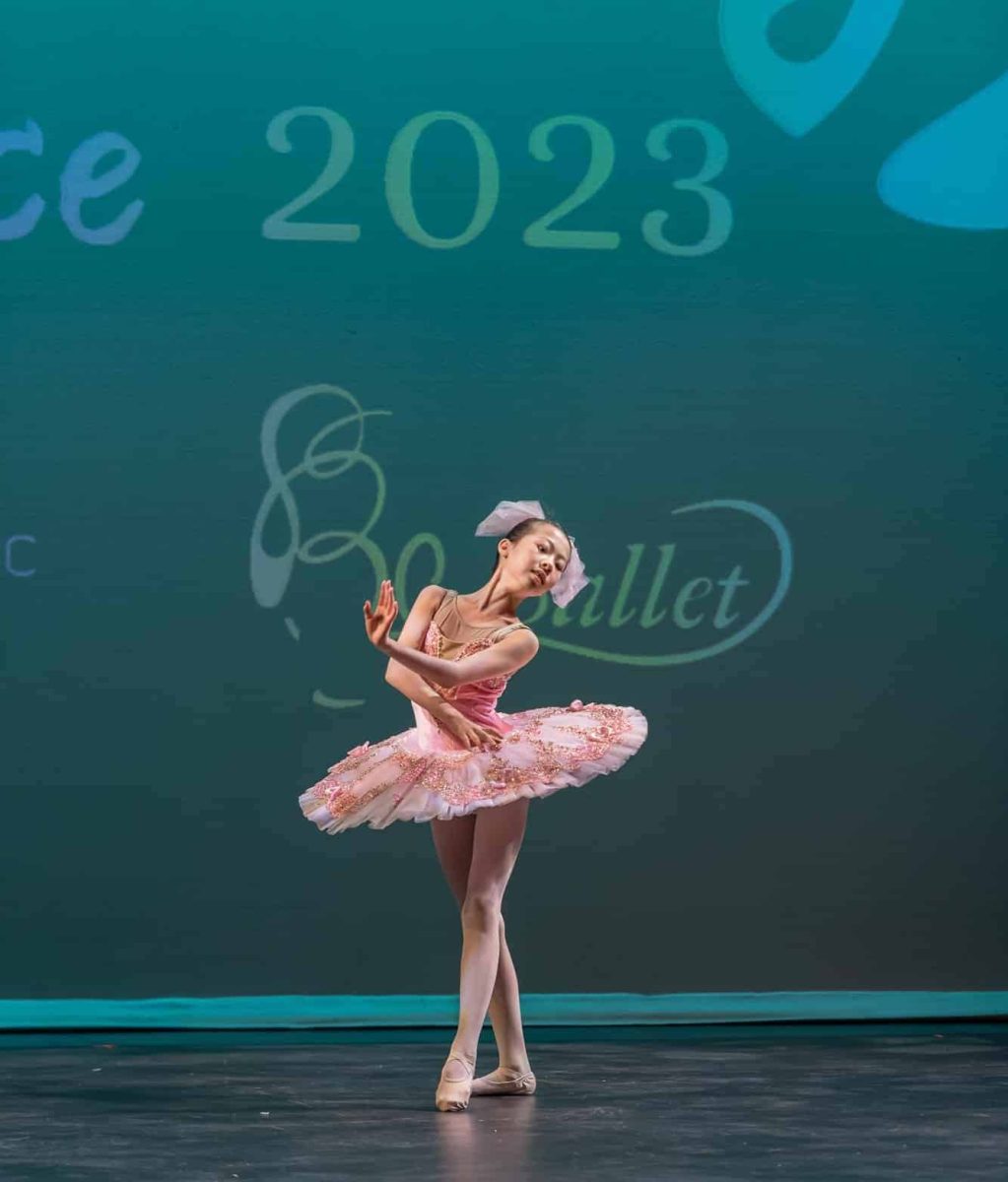Ballet is an eternal and elegant form of dance characterized by precise movements, graceful gestures, and strong technical elements. It combines athleticism with artistic skill, allowing dancers to express emotions and tell stories through beautifully choreographed sequences of movements.

The Charisma of Ballet
Rooted in classical technique and exquisite artistry, ballet combines precise movements, delicate lines, and ethereal beauty. Dancers gracefully glide across the stage, showcasing incredible strength, flexibility, and control.
Ballet tells stories through expressive gestures and emotionally rich performances, transporting the audience to a world filled with magic and allure. It demands discipline, dedication, and an unwavering commitment to perfection. The timeless allure of ballet lies in its ability to evoke emotions, showcase the beauty of the human form, and create breathtaking moments of beauty.
Benefits of Learning Ballet
1. Enhances rhythmic sense of music and improves overall coordination.
2. Refines and flexes muscle lines, promoting an upright posture and correcting poor posture.
3. Enhances artistic appreciation and refines artistic temperament.
4. Increases agility and lung capacity, enhances physical fitness, and eliminates excess weight.
Ballet Courses
Children aged 4-5 embark on their ballet journey in Ballet Foundations. In addition to practicing fundamental techniques, this program introduces children to music, helping them feel the rhythm. Through enjoyable teaching methods, basic dance movements are gradually integrated, allowing children to explore their bodies moving to the music. The goal of this course is to develop body awareness, spatial awareness, control, coordination, and poise.
For children aged 5-10, the Beginner Ballet course provides systematic training, focusing on fundamental ballet techniques. Emphasis is placed on the proper execution of movements, responsiveness to musical elements, and expressive performance. Students learn to convey stories through a series of simple dance movements, gaining confidence in presenting dance steps and short routines.
Designed for children aged 7 and above, these classes progressively delve deeper into ballet training, increasing in complexity. They emphasize physical conditioning and skill development while building a foundational understanding of ballet and related techniques. Students demonstrate coordination, control, and precision in a series of dance steps. They also develop an awareness of lines when performing, a sense of space during body movements and turns, and an appropriate quality of movement during ballet performances.


Ballet Graded Examinations
At ages 4-5, children begin with Pre-Primary and Primary levels. The training focuses on instilling a sense of structure while keeping it enjoyable. Through fun teaching methods and a pleasant classroom atmosphere, students are immersed in the world of ballet. Various music styles are used to develop students’ physical abilities, endurance, creativity, expression, and musicality.
In Grade 1, we guide students from exploration to developing control. The curriculum emphasizes building a strong foundation, including proper posture and movement mastery. Students gradually understand body control and coordination, cultivating excellent posture and movement skills. Additionally, we nurture patience and perseverance, which will play a significant role in their future ballet journey. The Beginner stage is crucial for mastering fundamental ballet skills.
Ballet education shifts from practicality to mastering standard techniques in Grades 2-3. At this stage, students have established a solid foundation and now need a deeper understanding and application of ballet’s techniques. The curriculum focuses on improving the precision and fluidity of dance movements, enhancing students’ coordination and performance skills. Through repetitive practice, they gradually master the standard ballet techniques, preparing them for higher-level training and performances. This stage is pivotal for students to further develop their ballet skills.
From standardization to self-expression, the training aims to provide students with professional, comprehensive, and extensive ballet education. The curriculum progressively nurtures students’ skills, musicality, and performance abilities. It covers classical dance, free variations, and character dance.
Ballet programs emphasize elevating students from simple performance to higher levels of self-expression. At this stage, students have built a strong technical foundation through years of training. Now, they delve into the complexity of ballet, including more advanced movements and challenging combinations. The focus is on enabling students to express their emotions and artistic sensibilities through dance while enhancing their creativity and uniqueness. This stage opens up a broader artistic realm, encouraging students to communicate with the audience in a more profound way.
From expression to self-transcendence, the training’s purpose is to provide in-depth instruction in classical ballet, refining students’ skills, musicality, and performance abilities. These levels are primarily designed for students preparing to enter the dance profession or related dance industries.